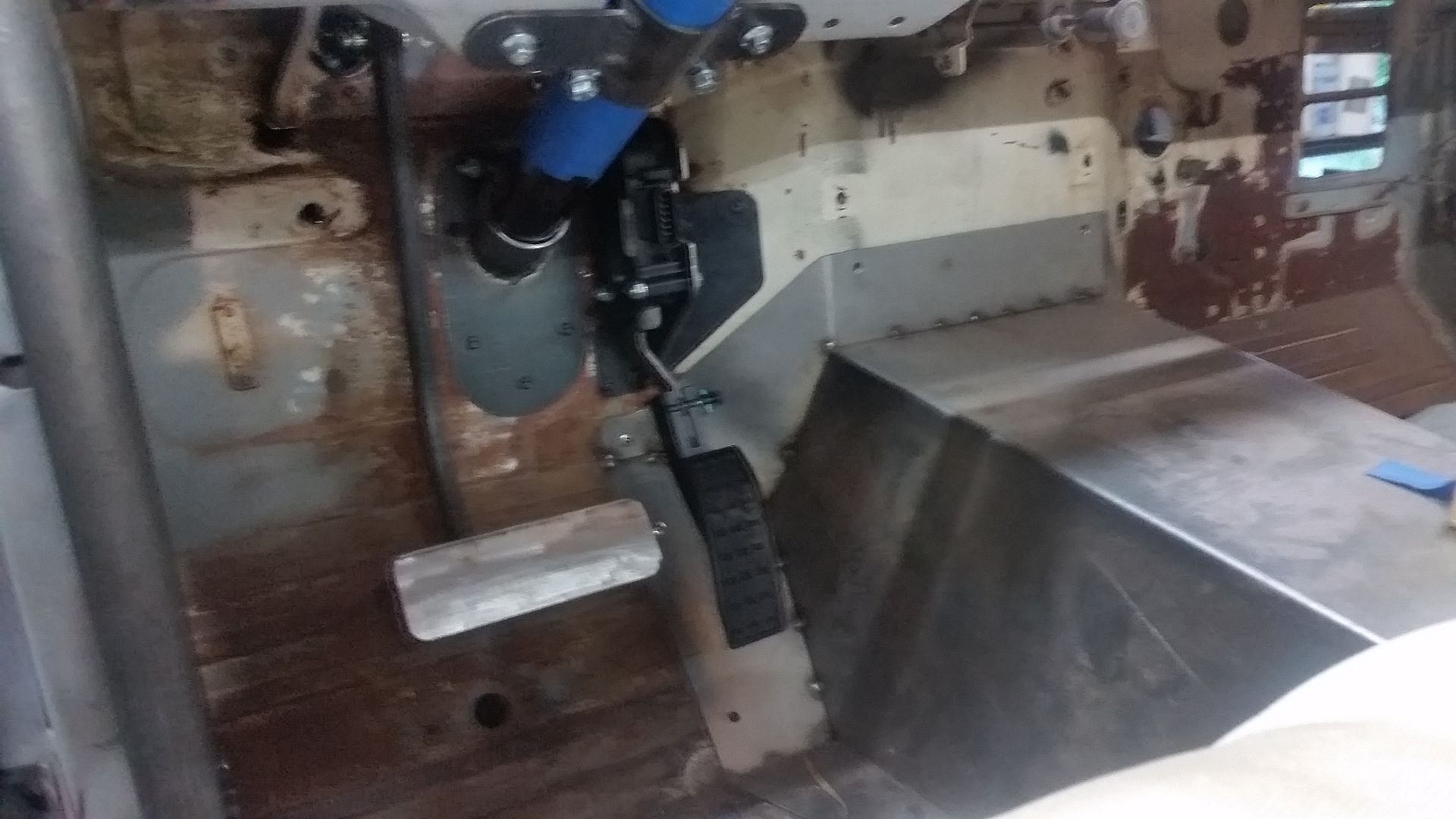- Thread starter
- #341
I'm also on the hunt for another used LX450 or FZJ80 front passenger side coil ( the shorter one in the set ). With the way the weight in the chassis is distributed so far there is about a 1/2" difference side to side which seems a bit annoying....














 I skipped through the video in chunks
I skipped through the video in chunks 



























